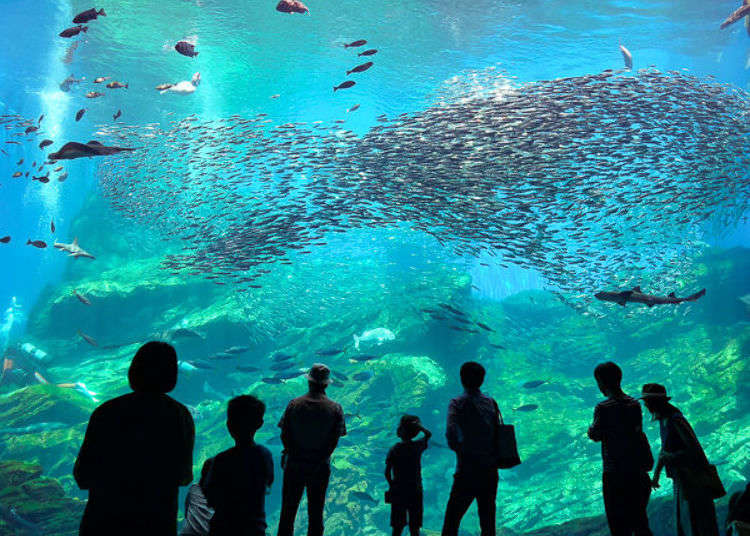
Sendai Umino-Mori Aquarium is located near Sendai Port, a spot that attracts surfers from across the country. The aquarium takes its name from the city's nickname, "City of Trees," and is the largest in the Tohoku region.
In addition to the various exhibitions placed throughout the building, unique projects and events tailored to the season are held. Let's look at the attractions that have brought visitors back time and again since the aquarium opened.
- Table of Contents
-
- Getting to Sendai Umino-Mori Aquarium
- Looking inside Sendai Umino-Mori Aquarium
- See Different Perspectives of the Sea Around Tohoku at the Miyagi Aquarium
- Dolphins and Sea Lions Perform at Tohoku's Largest Aquatic Stadium!
- Seas of the World Zone: See Animals Rarely Seen in Japan
- Enjoy Many More Programs, Food, and Events!
Getting to Sendai Umino-Mori Aquarium

If you go by car, get off at the Sendai East Road and Sendai Port IC. If you go by public transportation, head from Sendai Station to Nakanosakae Station on the JR Sengoku Line (around 18 minutes). From there, a free shuttle bus runs directly to Sendai Umino-Mori Aquarium.
Sendai Umino-Mori Aquarium is a two-story building with a footprint of about 6,100 square meters and a total floor area of about 9,900 square meters, making it the largest in Tohoku.
There are about 100 large and small display tanks in the facility holding about 50,000 creatures of about 300 different species.
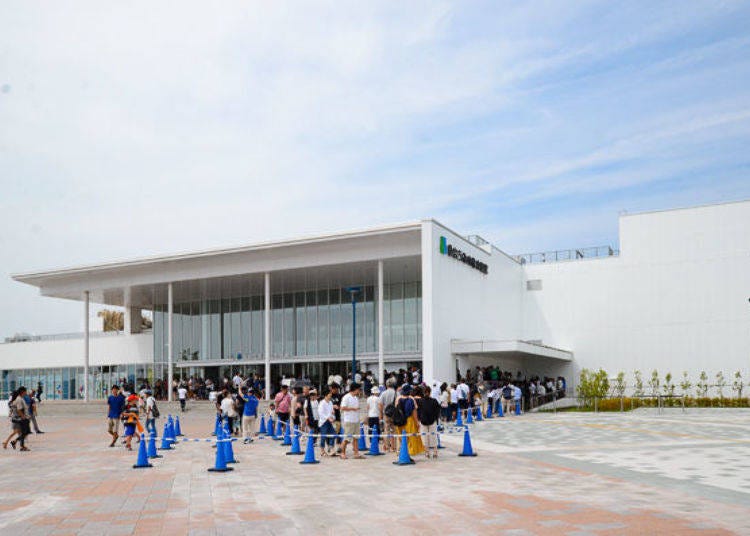
Looking inside Sendai Umino-Mori Aquarium

So without further ado, let’s go inside! The first floor contains the Seas of Japan exhibits, with its focus on the seas around Tohoku. It is a zone where exhibitions unique to Miyagi Prefecture are displayed.
Maboya are called “sea pineapples” and are edible sea squirt. Miyagi Prefecture accounts for about 80% of the domestic catch according to the National Fisheries Cooperative Federation.
This scene of sea squirt tightly clustered on ropes being cultivated in the sea of Sanriku is indeed a forest of the sea! Banded houndsharks and chicken grunts swim among them.
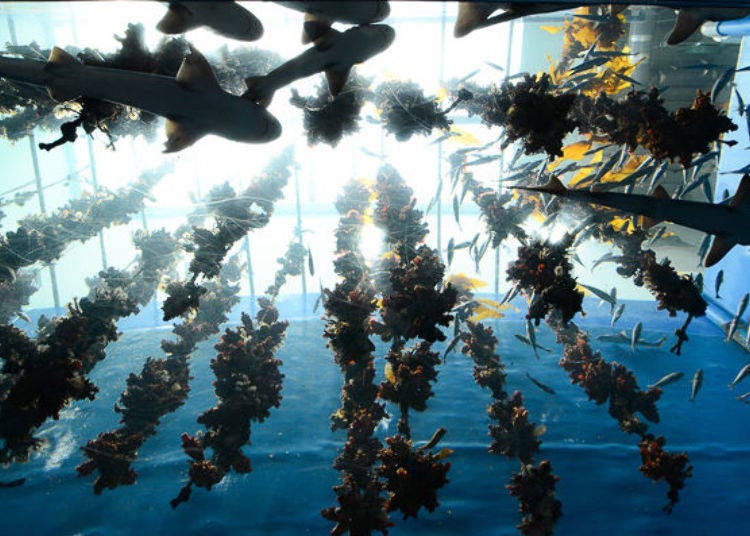
As we continued forward, the greatest attraction quickly came into view. This gigantic tank is called the Sparkling of Life, measuring 14 meters across, 7.5 meters deep, and holding 990 tons of water.
In it are 50 species of sea life, including sardines, chub mackerel, scalloped hammerhead shark, slime flounder, fat greenling, pitted stingray, Japanese black seaperch, and black scraper.
What is recreated in the aquarium is the abundance of life found in the sea around Sanriku, one of the world's three largest fishing grounds. The tank does not have a roof so that you can see the vivid colors of the creatures under natural light.
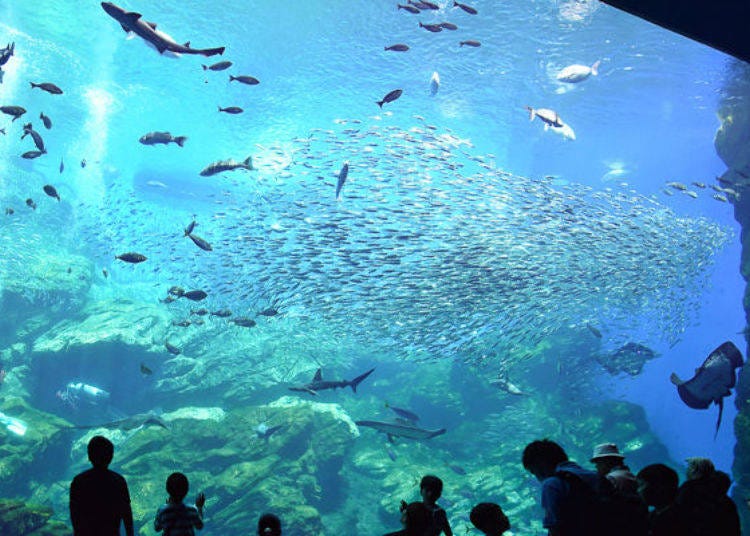
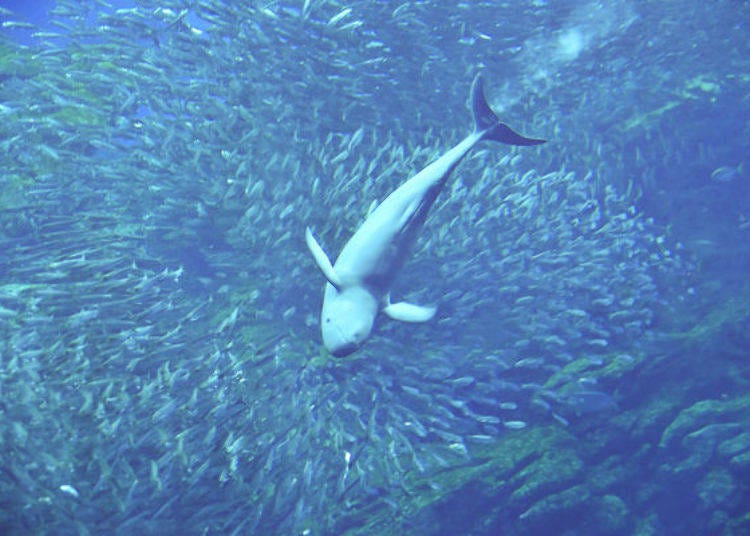
Perhaps the greatest spectacle here is the great shoal of sardines estimated to number 25,000 fish. Seeing these fish form into a large shoal that looked like a fish, I was reminded of the picture book "Swimmy" that I read when I was a child.
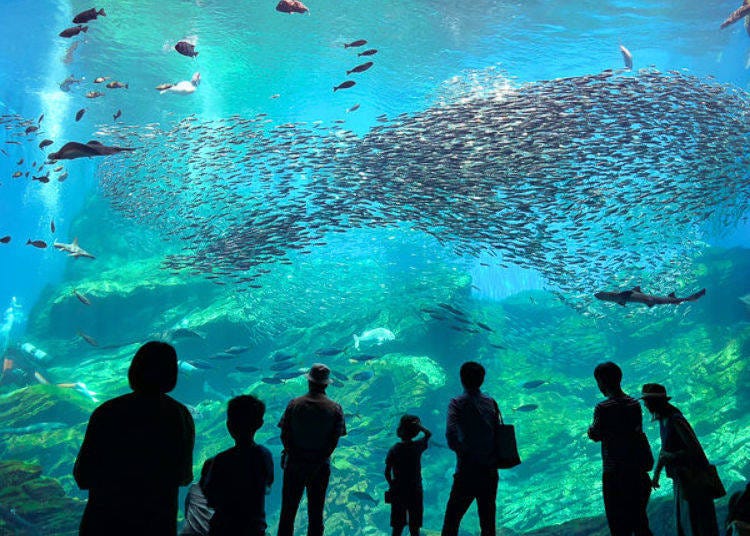
A program entitled “Sparkling of Life & Music is performed in this large tank four or five times a day. The program uses 360-degree panoramic projection mapping on the walls and ceilings of the viewing area along with powerful acoustics highlighting the movements of the sardines and other fish in the tank.
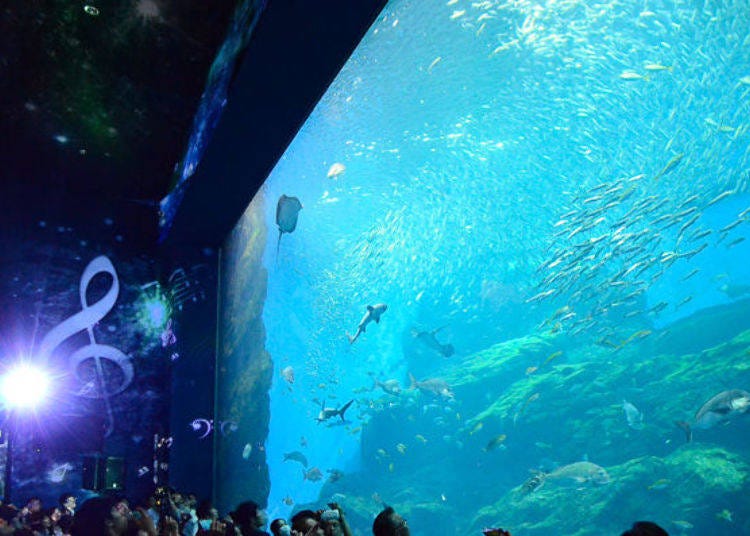

Even the writer, who lives in Tohoku and is familiar with the Sanriku sea, was amazed to see that it was such a rich ecosystem when he viewed the many life forms in the large tank.
See Different Perspectives of the Sea Around Tohoku at the Miyagi Aquarium
There is more to the Seas of Japan zone. Beyond the huge Sparkling of Life tank, three exhibitions display themes of the sea around Kitasanriku. First is the Oyashio Cold Current tank, which exhibits unique creatures that live in the cold sea.
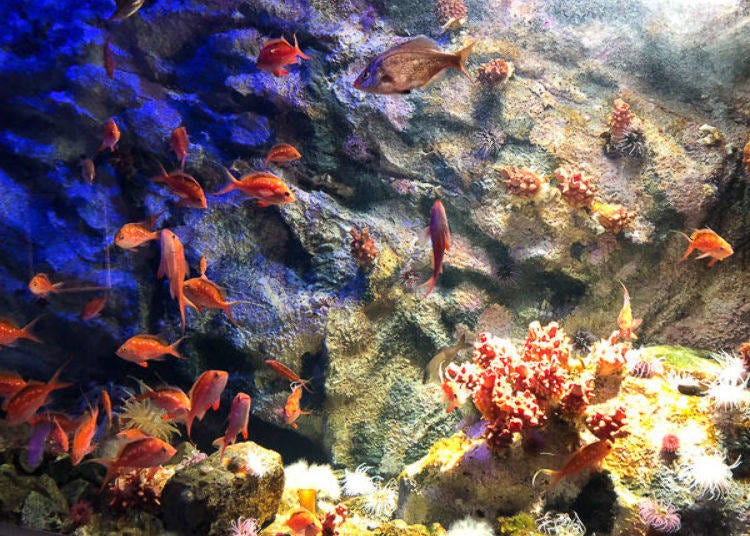
Next, we went to the Irodori Sea of Seaweed section featuring seaweed that sways in the mineral-rich Sanriku sea. Reproduced is a scene depicting abundant seaweed on which sea urchin, abalone, and other animals feed. In addition, it introduces the free-diving fishing that has been practiced in this area since olden times.
![▲ Irodori Kaiso no Umi [Colorful Seaweed Sea] has a mixture of cold sea and warm sea kelp](https://rimage.gnst.jp/livejapan.com/public/article/detail/a/30/00/a3000016/img/en/a3000016_parts_5d43d07160a7b.jpg?20200928114931&q=80)
![▲ At Irodori Kaiso no Umi [Colorful Seaweed Sea] you look through an opening in the panel and your face is reflected by a mirror in the face mask of a woman diver. From another opening you can take a photo with your smartphone or camera.](https://rimage.gnst.jp/livejapan.com/public/article/detail/a/30/00/a3000016/img/en/a3000016_parts_5d43d0818e519.jpg?20200928114931&q=80)
The Tairyo Great Fish section depicts the Sanriku sea in which more than 200 fish species are caught by various fishing methods.
![▲ The Tairyo Takara no Umi [Bountiful Sea of Large Hauls], where coho salmon, Pacific cod, and chub mackerel are on display also includes panel displays made in collaboration with fisheries officials in the prefecture.](https://rimage.gnst.jp/livejapan.com/public/article/detail/a/30/00/a3000016/img/en/a3000016_parts_5d43d09239fb1.jpg?20200928114931&q=80)
After that, there are other displays highlighting aspects of the seas around Tohoku, such as the Naiwan Sea of Blessing section that introduces inlets such as Matsushima Bay, where the aquaculture industry flourishes; the Amamo Sea Cradle, a recreation of the ecosystem of the eelgrass nursery (seagrass bed habitat) where hatched juveniles grow; and the Higate Cultivating Sea Life tank that shows the richness of the tidal flats where abundant microorganisms gather and become a paradise of life.
![▲ Oysters are a famous product of Sanriku. In Naiwan Megumi no Umi [Inner Bay - Sea of Bounty], the ecosystem of oyster culture has been recreated; strands of rope hanging from rafts to which oysters are attached also provide hiding places for fish.](https://rimage.gnst.jp/livejapan.com/public/article/detail/a/30/00/a3000016/img/en/a3000016_parts_5d43d0a343a06.jpg?20200928114931&q=80)
![▲ There is also a "Picture Amamorium" that lets you scan pictures of fish you painted and then shows them swimming in the Amamo Umi no Yurikago [Amamo Seaweed Cradle].](https://rimage.gnst.jp/livejapan.com/public/article/detail/a/30/00/a3000016/img/en/a3000016_parts_5d43d0b58f7ce.jpg?20200928114931&q=80)
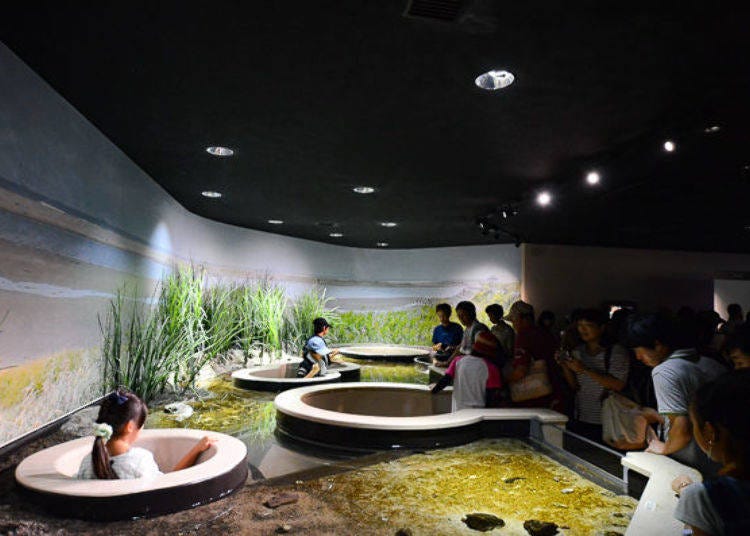
After viewing these and other exhibitions, go outside to the last exhibition on the first floor. This is the "Hirose River, the Source of Sea" that uses the environment of the Hirose River, which flows through Sendai for its motif.
You can see fish that can be caught in the Hirose River, such as carp, silver crucian carp, big-scaled redfin, sweetfish, masu salmon, and char.
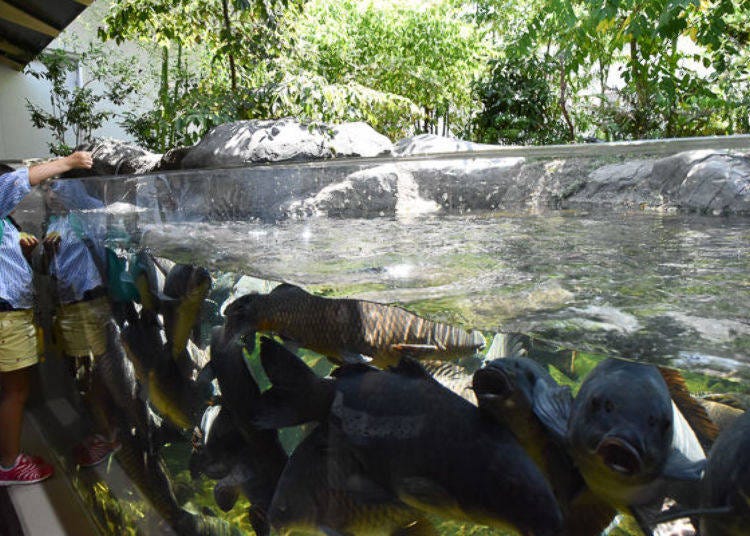
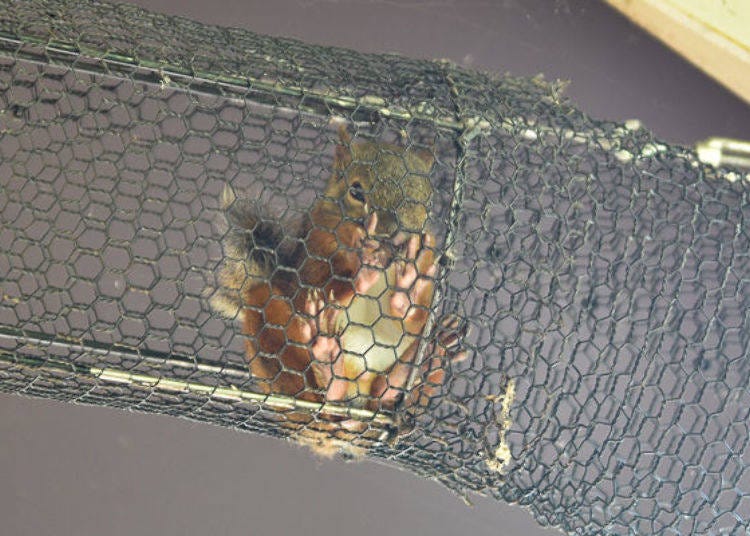
These exhibitions of living creatures and introductions of facets of the fishery industry, such as diving and aquaculture, enable us to know the close relationship between nature and human activities.
Dolphins and Sea Lions Perform at Tohoku's Largest Aquatic Stadium!

After going back inside the building, take the escalator to the second floor. This is the Umino-Mori Stadium, where dolphins and sea lions perform five or six times a day. The front row seats are right by the pool, enabling you to enjoy great performances up close.
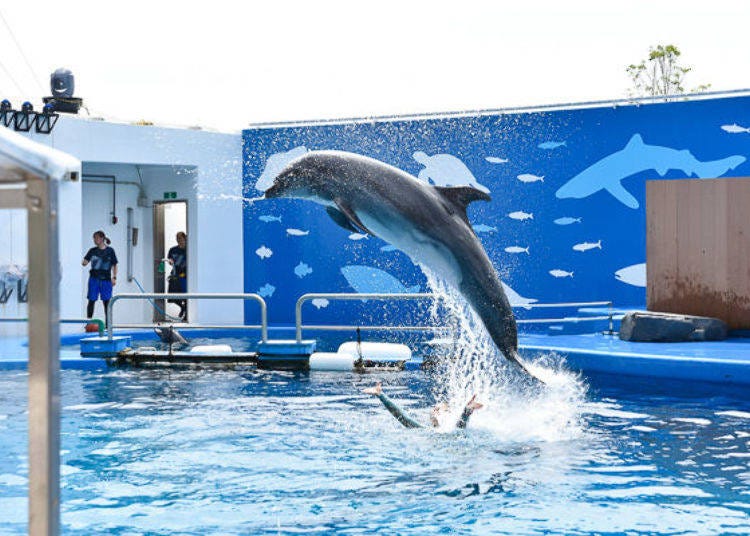
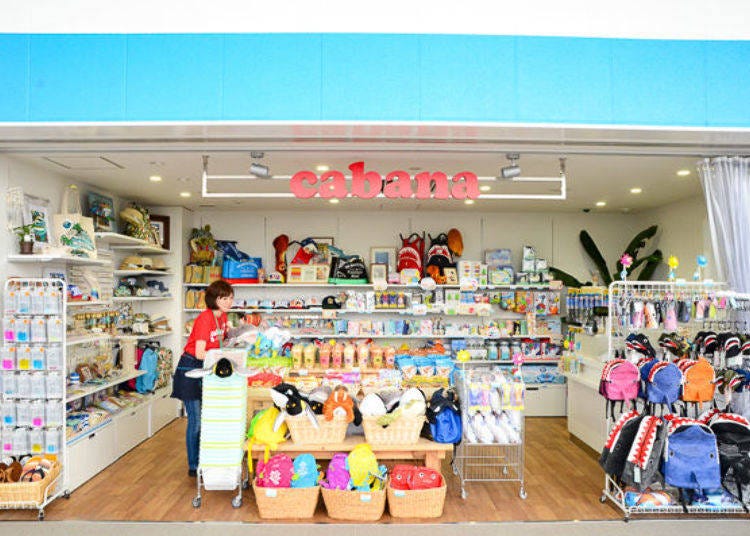
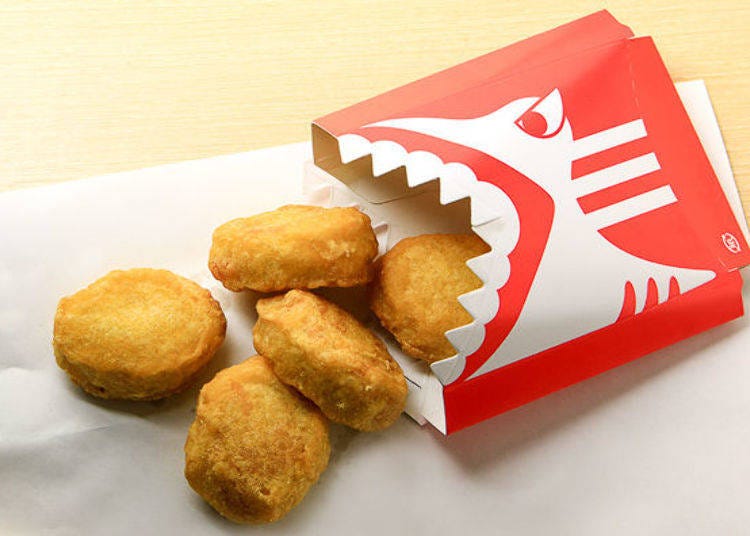
Seas of the World Zone: See Animals Rarely Seen in Japan
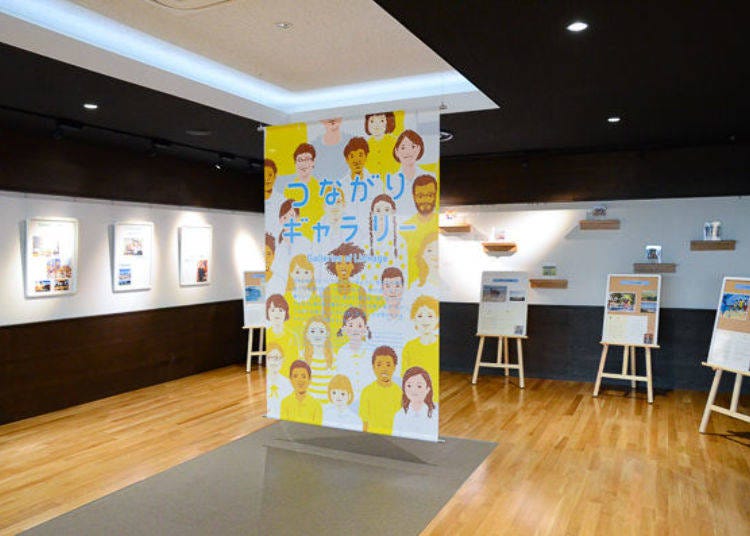
Proceeding to the exhibition on the 2nd floor, you will come to the Gallery for People that gives a sense of the bonds formed between cities around the world that provided support after the Great East Japan Earthquake and this is where the Seas of the World zone begins.
The exhibition is divided into Oceania, Europe, Africa, America, Asia, and other regions to allow you to see precious creatures that cannot be seen in Japan.
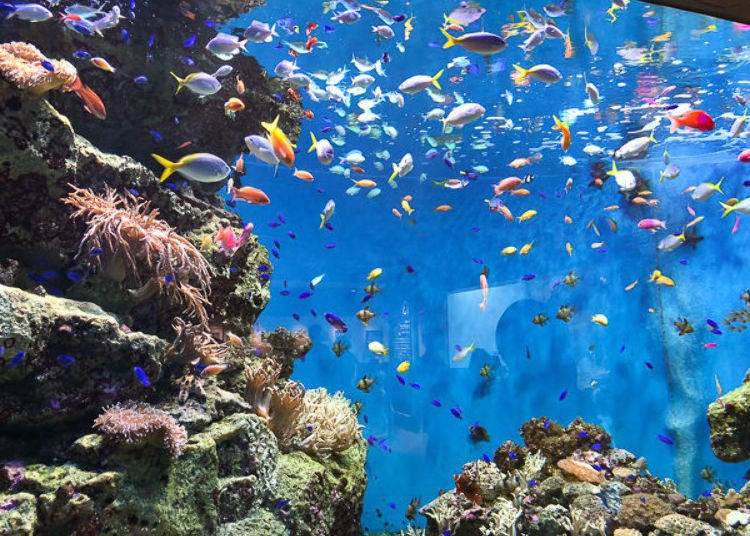
In contrast to the Seas of Japan zone, which reproduces the sea where multiple creatures coexist, Seas of the World has many individual exhibitions of rare creatures that you can leisurely see with your own eyes one species at a time.
Many large creatures, such as Baikal seals, African clawless otters, Commerson's dolphins, green sea turtles, and spectacled caiman, are all also popular with children.
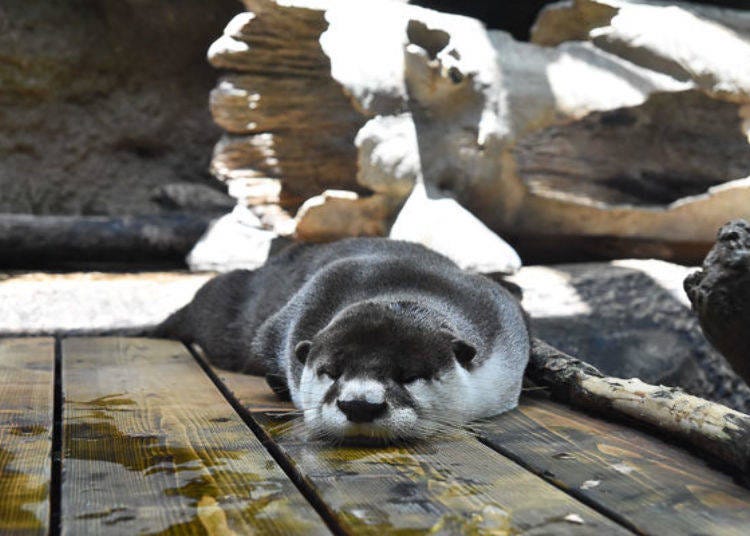
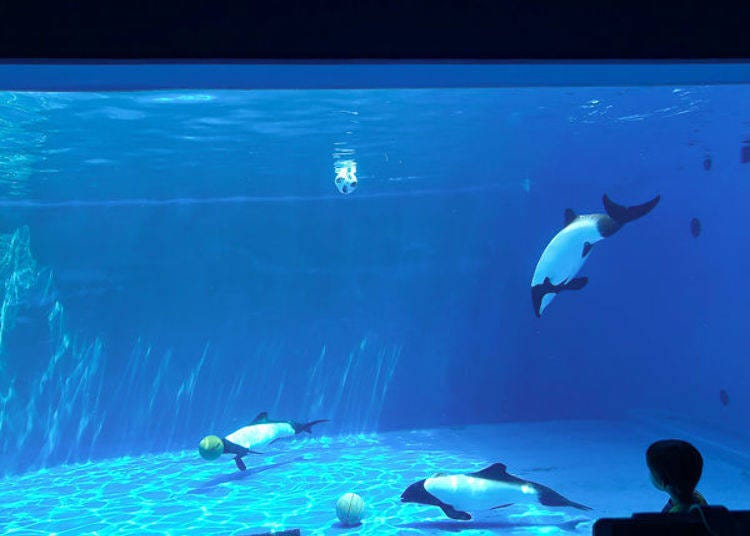
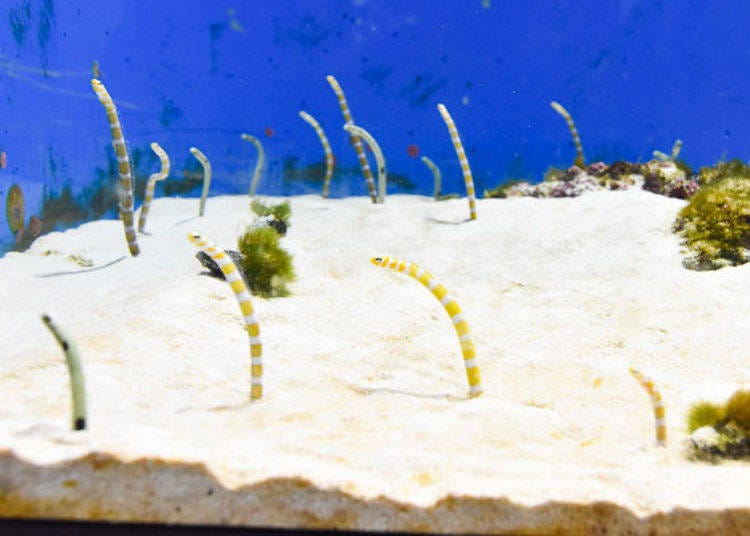
After viewing the exhibitions here, I came upon a large tank on the left...could this be the giant tank I saw at the beginning? It turned out to be so. This is a spot on the second floor where you can view the Sparkling of Life. The view from above is quite different from that from below, providing a different perspective of the sea around Sanriku.

At the end of the corridor is the Jellyfish Room. Jellyfish slowly move about in the tank, and the walls and the floor of the viewing area are decorated with light and interactive images, which together create a fantastic space.
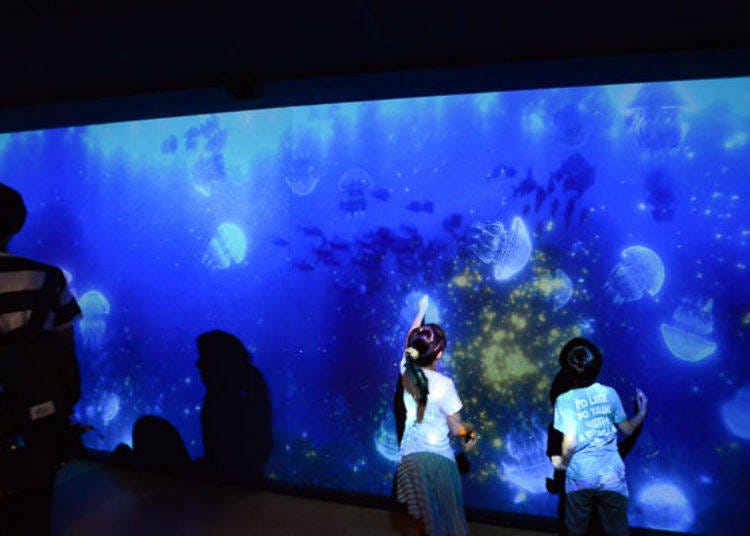
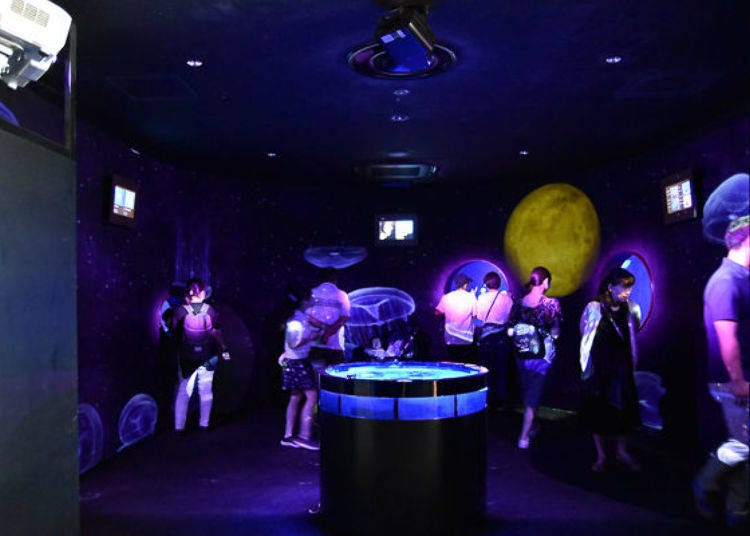
Once you have viewed all the exhibitions in the hall, proceed outdoors to the Plaza of Marine Animals, where there are several different kinds of popular attractions, such as penguins, South American sea lions, spotted seals, and American beavers. Just watching the antics of these lovely creatures is soothing, so there is always a crowd of happy viewers here.
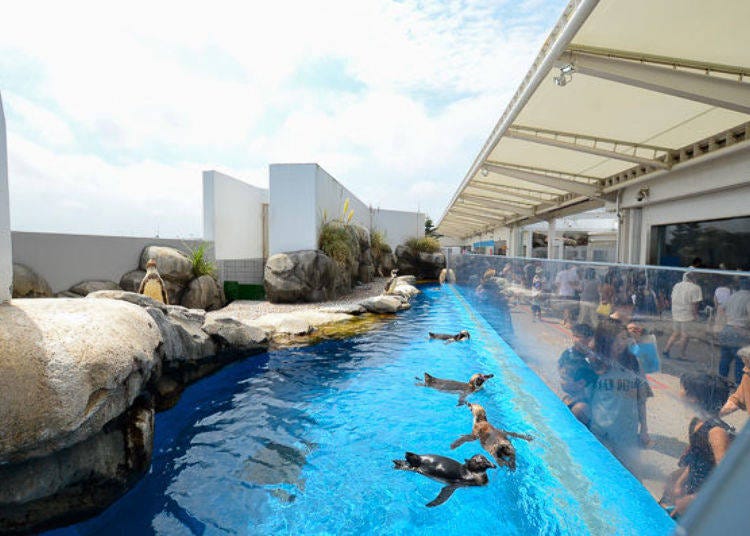
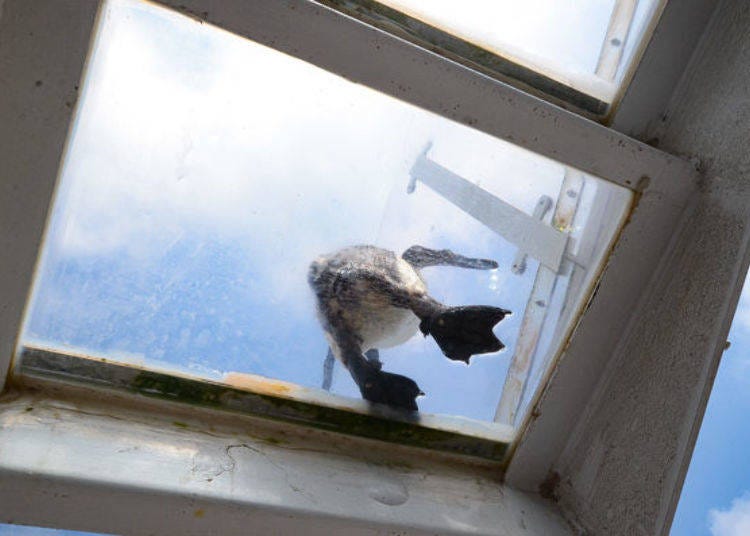
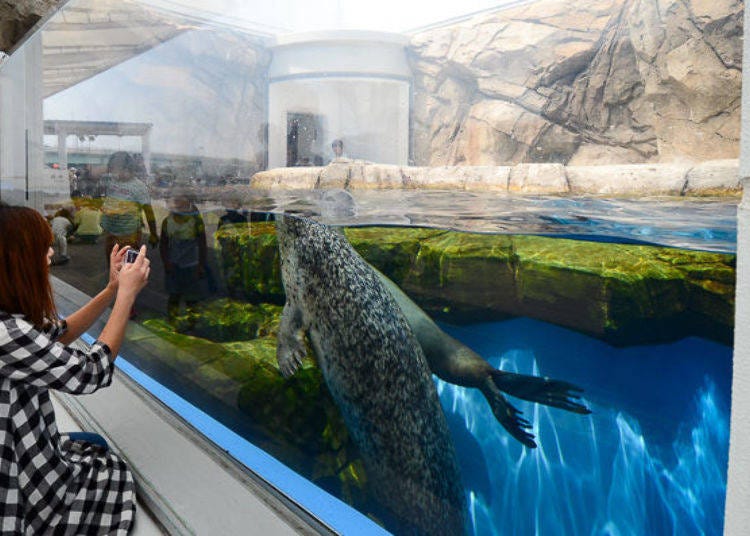
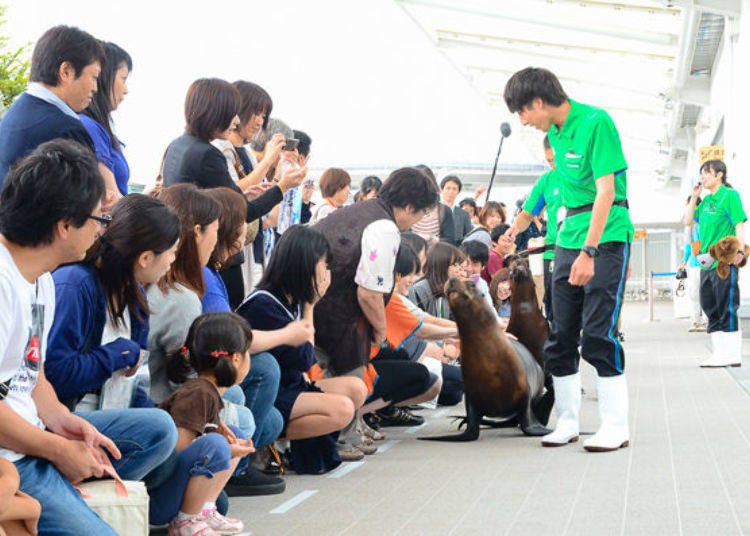
It takes about one to one and a half hours to leisurely visit all the exhibitions. I could feel the allure of the deep seas, come into close contact with the many animals that make it home, and become more familiar with seas near Tohoku as well as those in distant parts of the world.
Enjoy Many More Programs, Food, and Events!
In addition to the attractions we have just visited, there are also optional programs and delicious food offered at the Sendai Umino-Mori Aquarium, so let's take a look at some of them.
Optional programs include the Dolphin Touch & Photo (1,000 yen including tax); the Penguin Feeding Time where you can give food to the penguins (300 yen per container, including tax), and Friendly Time that allows you to enter the room containing Baikal seals and clawless otters (500 yen including tax). You need to fill out a participation form for these at the reception after you enter the building.
I attended the Stadium Backyard Tour (500 yen including tax).

The Stadium Backyard Tour is held twice a day, and the times vary according to the season. Showtime: 30 minutes.
From here, you can see what goes on behind the scenes in the aquarium, get up close to dolphins and sea lions, view the spectators' from the stage, and see other sights normally not possible. This is a worthwhile experience because you can get up close to the animals and talk with their handlers.
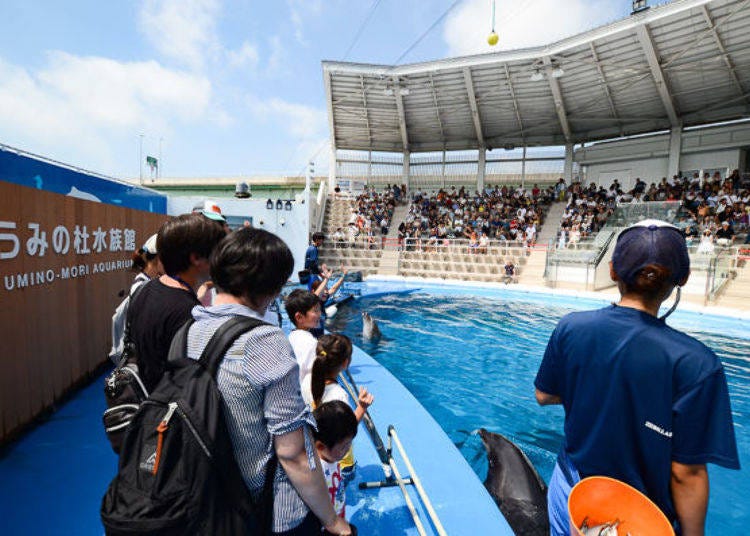
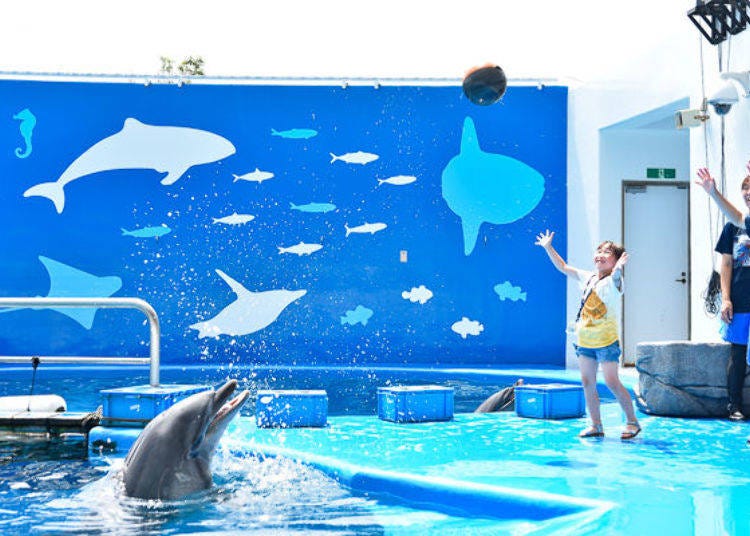
On the first floor, there are also a food court and a museum. The food court offers items made with fish taken from Sanriku, such as the Umimori Tendon [Forest of the Sea Tempura Bowl] and the Ginzake to Shiromi no Irowake Zukedon [coho salmon and pickled white fish bowl]. You can enjoy your meal while looking at the tanks on the wall.
![▲ Food court. The two tanks to the side are of the lower portion of the Kaiju Hiroba [Sea Beasts Plaza] tank on the second floor offering views of the South American sea lions and harbor seals swimming.](https://rimage.gnst.jp/livejapan.com/public/article/detail/a/30/00/a3000016/img/en/a3000016_parts_5d43d25543846.jpg?20200928114931&q=80)
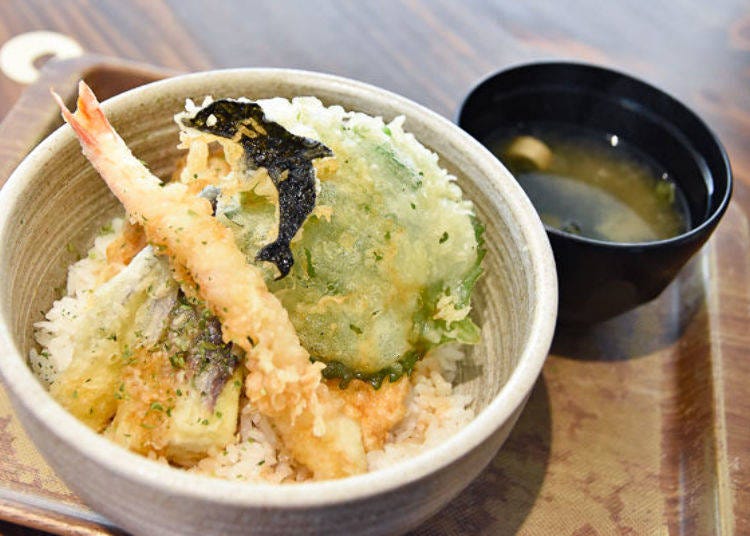
![▲ The museum gift shop has about 1,500 items for sale. The Iruka no Oppai [dolphin breast] daifuku [a soft round rice cake stuffed with sweet bean jam] containing condensed milk is an aquarium original product (container of 12, 1,200 yen including tax).](https://rimage.gnst.jp/livejapan.com/public/article/detail/a/30/00/a3000016/img/en/a3000016_parts_5d43d278e9b19.jpg?20200928114931&q=80)
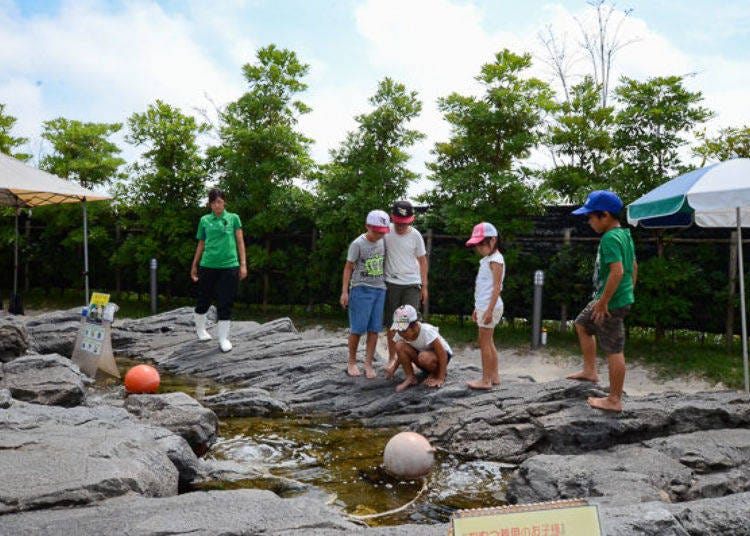
This is a rather brief introduction, but it should give you some idea of what awaits you here. At Sendai Umino-Mori Aquarium, you can see rare creatures from the world's oceans and feel the charm of the rich seas around Tohoku.
There are many time-limited events and character collaboration projects, such as the Ohitori-sama Naito [Individuals Night], Nihonshu Naito [Japanese sake night], and the Night Tour in which you can sleep in front of the large water tank; events that will make you want to return time and again.
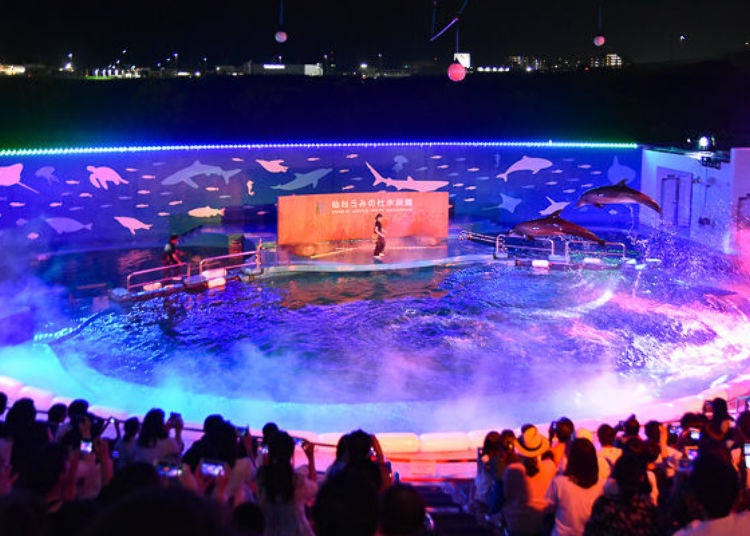
Also, the aquarium offers a special deal of an annual passport equivalent to the price of two admissions (adults 4,200 yen, junior and senior high school students and those over 65 years of age 3,200 yen, elementary-aged children 2,200 yen, and children 4 or older 1,200 yen, all prices include tax).
If you purchase the annual passport on the day you visit, the difference between its cost and the normal admission fee is deducted, which makes it popular not only with visitors from within the prefecture but also from outside the prefecture who would like to revisit it at another time. It's worth considering.
-

-
Address
4-6 Nakano, Miyagino Ward, Sendai City, Miyagi Prefecture, 983-0013
View Map -
Nearest Station
Nakanosakae Station (Senseki Line)
15 minutes on foot
- Phone Number 022-355-2222
-
Address
4-6 Nakano, Miyagino Ward, Sendai City, Miyagi Prefecture, 983-0013
- Area
- Category
*Prices and options mentioned are subject to change.
*Unless stated otherwise, all prices include tax.
Popular Tours & Activitiess
Recommended places for you
-

Aomori Nebuta Festival
Japanese Festivals (Matsuri)
Aomori, Hirosaki And Hachinohe
-
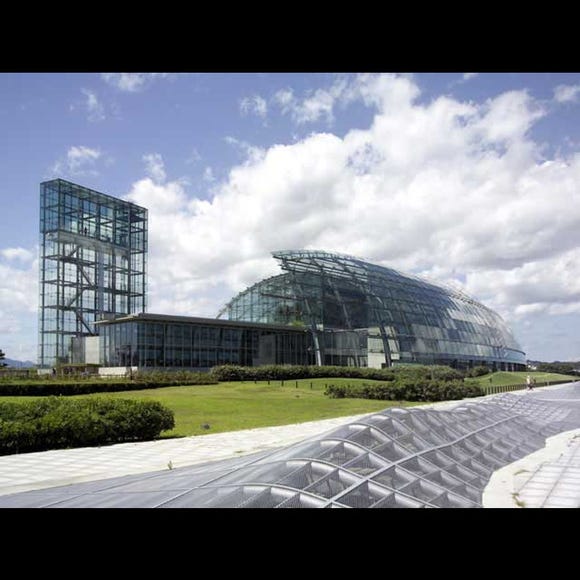
Aquamarine Fukushima
Zoos, Aquariums & Botanical Gardens
Fukushima, Koriyama And Iwaki
-

Geibikei Gorge
Rivers, Lakes & Canyons
Morioka, Hiraizumi And Hachimantai
-
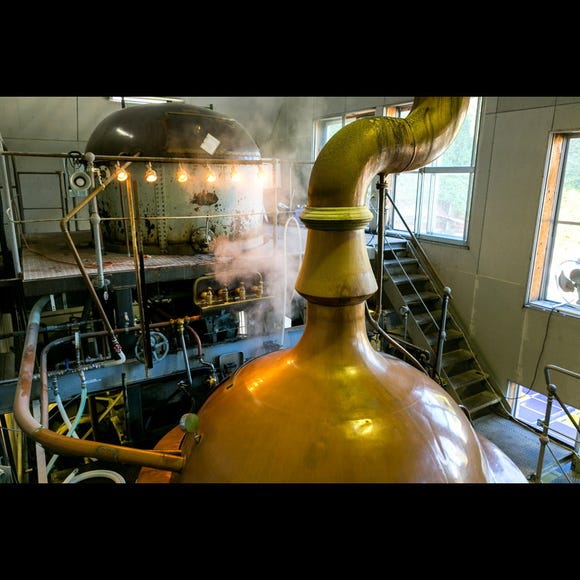
Baeren Brewery Co., Ltd.
Other Sightseeing
Morioka, Hiraizumi And Hachimantai
-
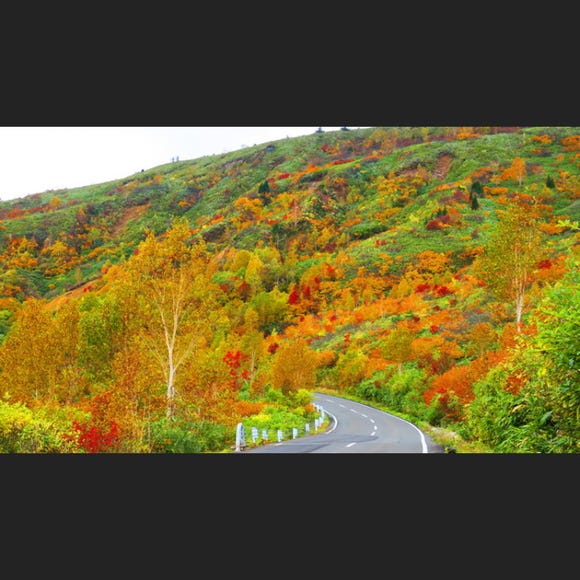
Hachimantai Aspite Line
Landscapes
Morioka, Hiraizumi And Hachimantai
-

Nikka Whisky Sendai Distillery
Culture Experience
Sendai And Matsushima
-

Shopping in Niigata: 9 Must-Buy Souvenirs & Local Sake to Take Home
by: ShiroKu inc.
-
Ad

Just one stop from Haneda Airport! "Truly Japanese!" Food, Fun, and Knowledge Gather at HICityⓇ Enjoy An Electrifying Night at "Japan Night Fever: Haneda Innovation City"
by: Yohei Kato
-

Dining in Yamagata: Must-Try Foods & Top Restaurants Near the Station
by: ShiroKu inc.
-
Ad

Why Fukushima is the Next Big Food Destination in Japan The Foodie Paradise Only 90 Minutes from Tokyo
-

Smart Ways to Avoid Crowds and Enjoy a Safe, Comfortable Trip to Myoko, Niigata Prefecture.
-
Ad

Advice from the Experts at Hitohira: Here's How to Choose the Best Japanese Knife
-

Kamaishi Japan: Kamaishi Unosumai Recovery Stadium and Sightseeing Spots in Japan’s Rugby Town
-

Takahan Ryokan: Enjoy Spectacular Hot Spring Views at Yuzawa's Premier Traditional Inn!
-

Shirakami-Sanchi Guide: Hiking in Japan's Intense & Untouched Beech Forest (Aomori)
-

10 Important Japanese Phrases to Know Before You Enter a Japanese Convenience Store!
by: Teni Wada
-

Kamo Aquarium Guide: Travel to Yamagata To See The Best Jellyfish in the World?!
-

Visiting Aquamarine Fukushima: Tohoku's Largest, Must-See Aquarium!













